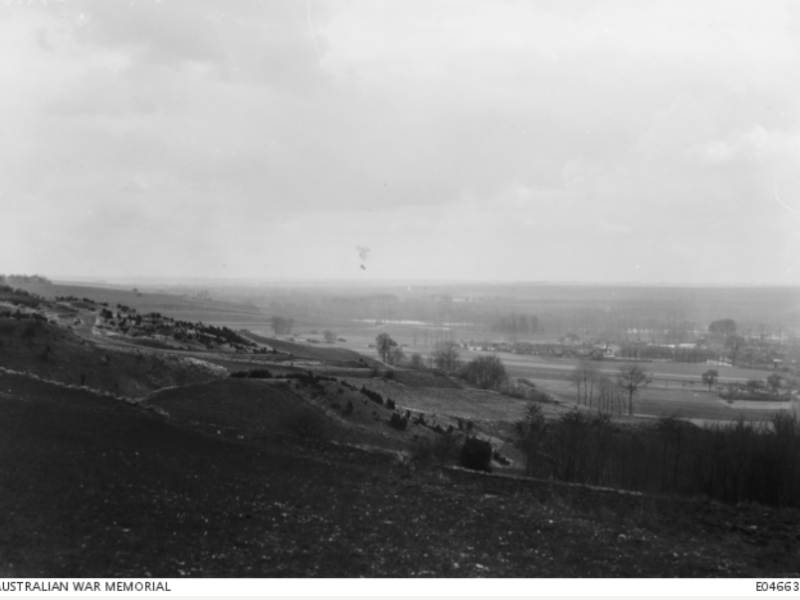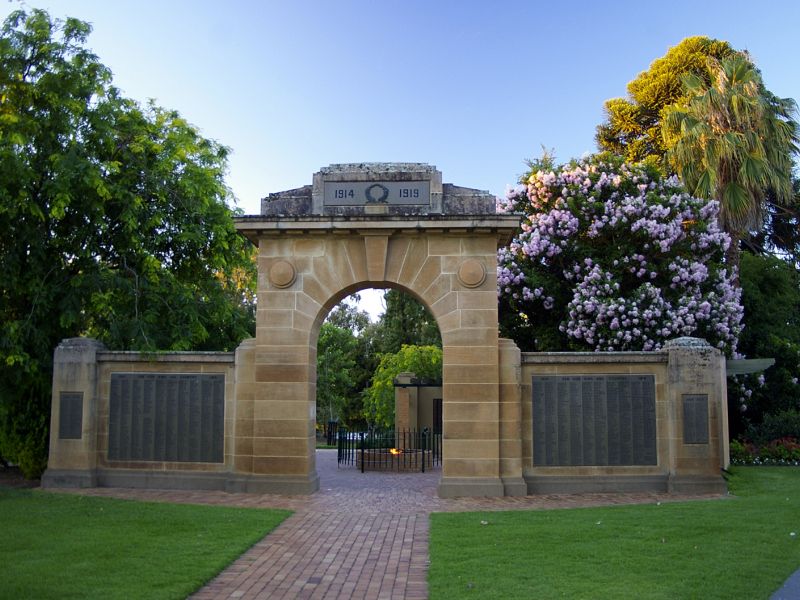Private Hugh Hillam, 29th Battalion, AIF
Hugh Hillam was born in 1895 to Samuel and Jean Hillam, in Dawson, South Australia. Hillam’s mother died soon after. His father remarried and the family moved to Yathella, near Wagga Wagga in New South Wales. Hillam later became a farmer in the district.
Hillam’s older brother Priestly joined the Australian Imperial Force in April 1915. Hillam and his eldest brother James enlisted in July 1916. They sailed on the Port Napier in November 1916. Hillam was ill with mumps but recovered before arriving in England at the end of January 1917.
Hillam trained at the army camps on Salisbury Plain before joining the 29th Australian Infantry Battalion at the Somme River in a reserve position. The men spent time in rifle practice, machine-gun demonstrations, and improving and extending trenches.
By mid-1917, British commanders had shifted their focus north, to the Belgian town of Ypres. In July 1917, the 29th Battalion moved north to the border with Belgium, where they prepared for a major assault in autumn.
At the end of September, Hillam and his unit entered battle at Polygon Wood, east of Ypres. The battalion rapidly captured all of its objectives, and then withstood six German counter-attacks over the following five hours. The unit then rotated between the frontline and rear areas during the winter of 1917 and 1918.
With the collapse of the Russian Empire in late 1917 and Russia’s withdrawal from the war, German commanders concentrated their forces on the Western Front. Beginning in March 1918, they launched a massive attack, seeking to force Britain and France to the negotiation table. This attack, the German Spring Offensive, lasted several months.
The 29th Battalion were then in a reserve position in the Somme valley. On 12 April 1918, the unit was bombed by German aircraft and artillery.
Hillam was killed in action. The records do not indicate the precise cause of death but it was likely a bomb or artillery shell. He was 23 years old.
Hugh Hillam is buried near where he was killed, in Adelaide Cemetery in Villers-Bretonneux, France, alongside over 900 Commonwealth servicemen of the First World War. His grieving father had his headstone inscribed with the epitaph: “In memory of my dear son who died for King, home, and country”.
Hugh Hillam’s eldest brother, Private James Hillam, who had sailed on the same ship also served in the 29th Battalion, and was wounded at Polygon Wood. He recovered and returned to the front, before returning to Australia in July 1919. Hillam’s older brother Private Priestly Hillam served with the 2nd Pioneer Battalion and returned to Australia in September 1919.
Other Hillam family members served in the War, including two of Hugh’s cousins. Private Allan Hillam, 3rd Battalion, was killed in Belgium during the German Spring Offensive in March 1918. Private George Hillam, 43rd Battalion, died of illness in France in July 1917.
Thomas Rogers, Historian, Military History Section
Image: Near Hamel, France, 29 March 1918. View of the Germans shelling the Somme Valley
- AWM Roll of Honour https://www.awm.gov.au/collection/R1630682

 Australian War Memorial
Australian War Memorial